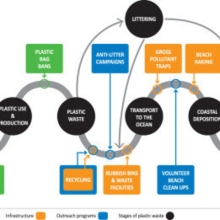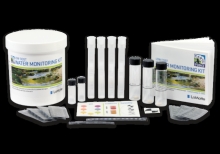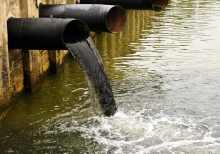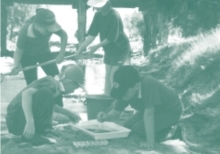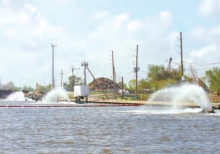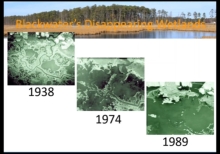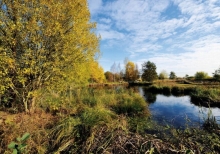Waste Abatement Campaign Success
Plastic production is increasing globally and in turn there is a rise of plastic waste lost into the coastal and marine environment. To combat this issue, there is an increase in policies that target specific types of plastic waste (such as microbeads and plastic shopping bags). Given that such anthropogenic waste have environmental impacts, reduce the tourism income of an area and result in human health issues, identifying effective abatement policies is imperative to reducing waste and litter before it enters the ocean.
